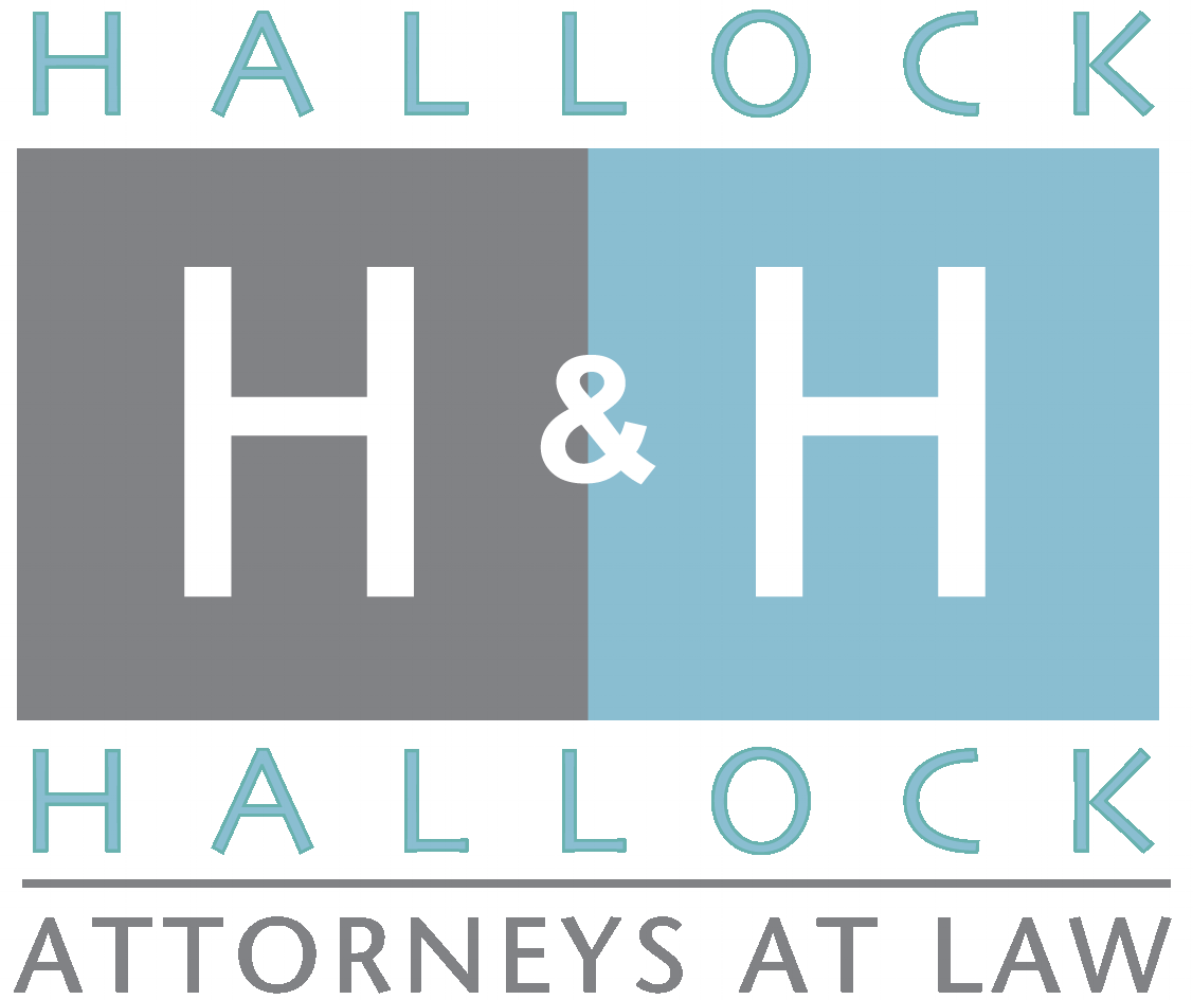Asset Protection and the Limited Liability Company
THE COUNSELOR
Volume 2 • Issue 2 • January 2012
The Counselor is a monthly newsletter of Hallock & Hallock dedicated to providing useful information on estate planning, business succession planning and charitable planning issues. This month's issue will provide an overview of asset protection planning using the Limited Liability Company (LLC), and take a look at one of the most ridiculous lawsuits of 2011. If you are interested in learning more about the ideas and processes discussed in this newsletter please contact us for an initial consultation.
LLCs have become the most flexible and preferable entity for most operating businesses. LLCs provide a powerful tool for estate planning, business planning and asset protection planning. In planning for asset protection using LLCs, consideration should be given to what we refer to as “Front Door” liability and “Back Door” liability. “Front Door” liabilities are claims against the LLC itself. “Back Door” liabilities are claims against an owner (called a Member) by a personal Creditor having nothing to do with the LLC. Because different states treat these Creditors differently, choosing the right state to form the LLC is important.
Front Door Liability
Front Door liabilities arise from the conduct of the Business. Creditors generally look to LLC assets first, such as liability insurance coverage and unencumbered assets. Concerns about these types of liabilities can be reduced by purchasing adequate insurance, or by creating layered entities to further compartmentalize liabilities. After looking to LLC assets, Creditors often turn to the assets of the Members. If properly established and operated, the assets of the individual Members are shielded from the debts and liabilities of the LLC.
Back Door Liability
Back Door liabilities involve a claim against a Member by a third party. Some states limit a Creditor’s right to a charging order, while others allow the Creditor to foreclose the LLC interest. A charging order Creditor does not receive the voting and management rights of the LLC Member, only the right to distributions of profits, if any. If the LLC is profitable but chooses not to distribute profits, the Creditor will receive no money and be liable for taxes on those undistributed profits! Because the idea behind a charging order is to protect the other Members of the LLC, the same rules often do not apply where there is only one member. Because some courts have allowed the foreclosure of the interest if there is only one owner, some states have enacted laws prohibiting such foreclosure. Time will tell if these new laws provide charging order protection to single Member LLCs.
Anonymity
Another issue to consider in choosing where to organize the LLC is the transparency of ownership. In most states, the names of the Members and Managers are a matter of public record. The Wyoming LLC statute, however, provides total privacy for the Manager or Member of the LLC. There is no requirement for a Manager or Member’s name or address in any public document. This can be significant in making the owners a less visible target.
Conclusion
As one of the seven (7) levels of asset protection, an LLC is a valuable tool in establishing an overall asset protection plan. Using qualified professionals will measurably enhance the likelihood of the LLC meeting your goals and objectives and protecting against both front door and back door liabilities. If you are interested in the planning discussed in this newsletter please call our office to discuss whether you will benefit from the use of a properly organized LLC.
This Newsletter is for informational purposes only and not for the purpose of providing legal advice. You should contact an attorney to obtain advice with respect to any particular issue or problem. Nothing herein creates an attorney-client relationship between Hallock & Hallock and the reader.
